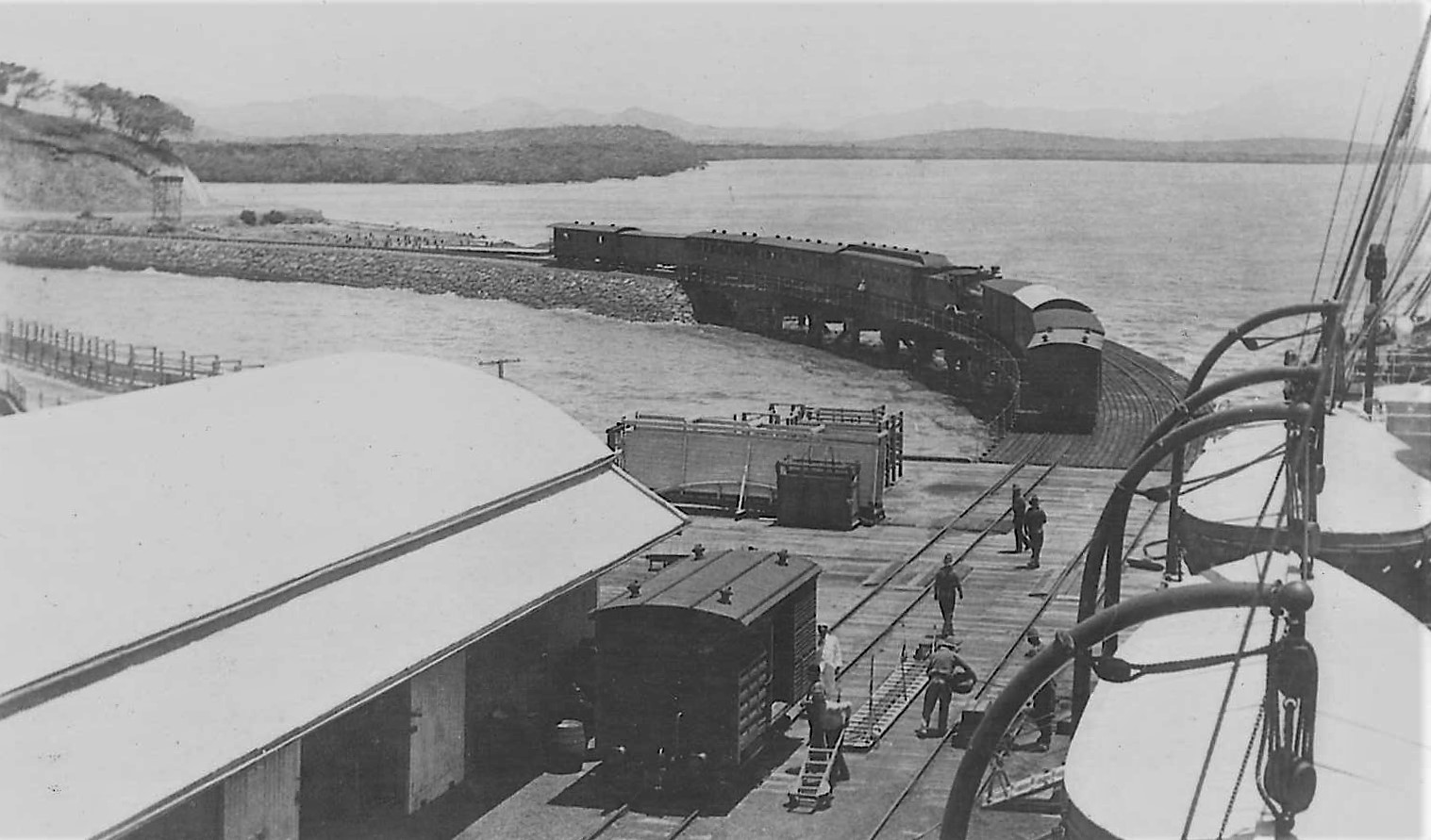To convey the mail train wagons to the ship’s side, a turntable was constructed in 1899 and a rail link to the jetty was built. Mail vans were placed in front of the passenger train at the railway station and when the train approached the wharf the mail vans were individually placed on the turntable. From there, waterside workers pushed the vans onto the wharf proper and loaded them onto the ship, while return vans had already been unloaded from the vessel. Likewise, the passengers would alight from the train and continue their journey by ship, or they would disembark from the ship and continue their journey by train.
The timetables of the trains and the vessel usually required the southern train travellers to cool their heels around Gladstone for some twenty-four hours before the ship was again ready to travel. The mail service continued no matter how rough the seas became and, although this caused delays, it always got through. Many fine ships were employed on the service and no vessel was better than the Bingara, which was small graceful and dependable. In 1909 the approach was extended so that the mail and passengers would continue completely onto the wharf proper.
Want to read the full article?
Subscribe today to get full access!
Subscribe Now
Subscribe to support local journalism get unlimited access to all Gladstone News content!Already subscribed?
Login to your account via the main menu.























